In this guide, we will explore the optimal timing for planting annual flowers, considerations for your specific climate, tips for successful planting, and advice for caring for your vibrant creations.
Understanding Annual Flowers
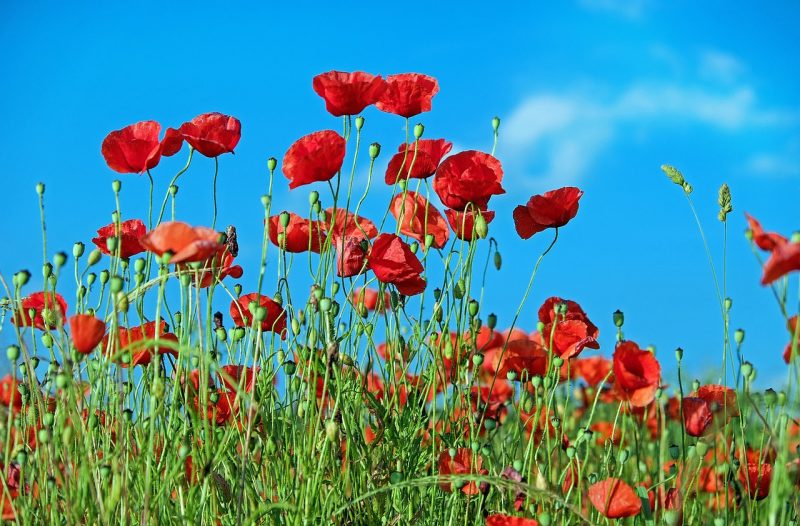
Before diving into the timing of planting, it’s important to understand what annual flowers are. Unlike perennials that return year after year, annuals complete their life cycle in one growing season. This means they germinate from seeds, bloom, produce seeds, and die within that year. Common examples of annual flowers include petunias, marigolds, zinnias, and impatiens.
Annuals are prized for their variety and brilliance, making them popular choices for gardeners looking to create stunning floral displays. They are often used in borders, containers, and hanging baskets for a splash of color and can transform any garden space.
Climate Considerations
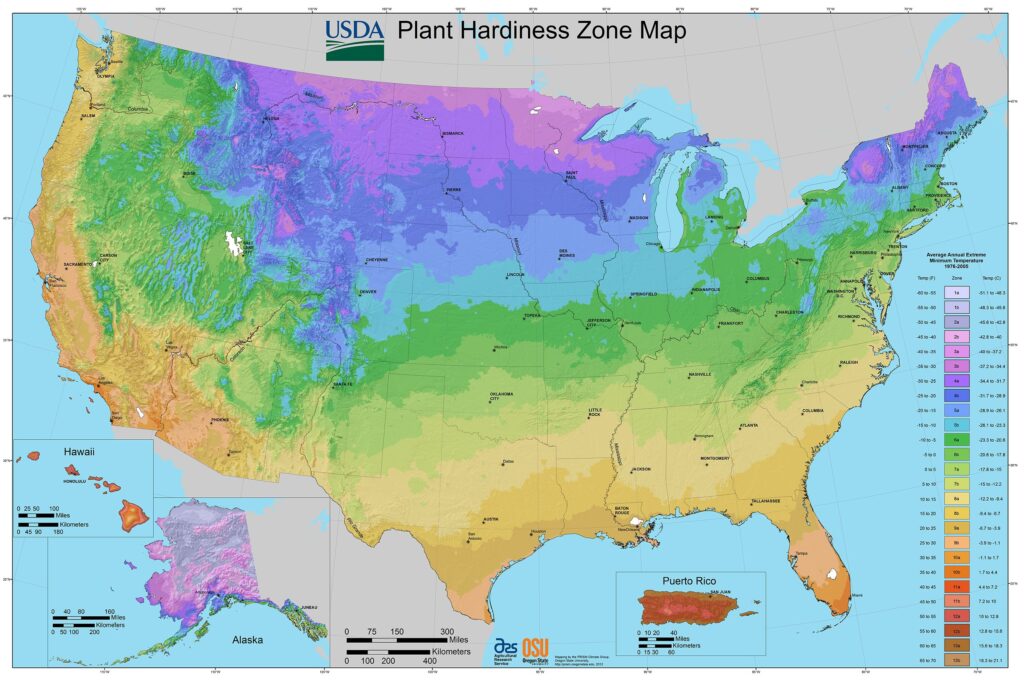
The first step in determining when to plant annual flowers is to consider your local climate. The timing for annual planting varies significantly depending on geographic location, as different areas experience distinct weather patterns and temperature variations.
Understanding Your Hardiness Zone
In gardening, the USDA Plant Hardiness Zone Map is vital for understanding when to plant. This map breaks the United States into 13 zones based on the average annual minimum winter temperature, which helps gardeners select the right plants for their area. Assess your hardiness zone to determine the best planting window for annual flowers.
For instance, if you live in a warmer climate (Zones 8-10), you can often plant annuals as early as March, while gardeners in cooler zones (Zones 3-6) should wait until late May or early June to ensure a frost-free environment.
Frost Dates and Their Impact
Another key factor for planting annuals is your last frost date in spring. Most annual flowers are sensitive to frost and will not thrive if temperatures dip significantly. If you’re unsure of your last frost date, local agricultural extensions or gardening centers can provide this information.
As a general rule of thumb, wait until the danger of frost is past before transplanting any tender annuals. For instance, if your last average frost date is May 15, it’s a good strategy to plan to plant annuals around this date or shortly afterward. Some gardeners take a calculated risk and plant a bit earlier but use protective coverings to shield delicate blooms from any unexpectedly chilly nights.
Optimal Planting Times for Specific Regions
Let’s break down the ideal planting times for annual flowers based on various regions across the United States:
Northern States (Zones 3-5)
For gardeners in northern regions, including states like Minnesota, North Dakota, and parts of New England, the window for planting annuals is relatively short. Here, the recommendation is to wait until late May to early June when soil temperatures are consistently above 60°F. Planting too early can expose young plants to frost damage.
Transition States (Zones 6-7)
In transition states such as Ohio, Kentucky, and parts of the Midwest, you’ll want to plant your annuals in mid to late May. Many gardeners start sowing seeds indoors in April to give their plants a head start, transplanting them outdoors after the last frost has passed. Keep an eye on your local weather patterns, as late spring surprises can sometimes occur.
Southern States (Zones 8-10)
Gardening enthusiasts in southern states like Florida, Texas, and Arizona enjoy a longer growing season. Here, it’s generally safe to start planting in March, sometimes even earlier for heat-tolerant species. Many annuals thrive in the warm climate, allowing you to create colorful displays from early spring until late fall.
The West Coast (Zones 9-10)
For West Coast gardeners, particularly in California, the mild climate allows for year-round planting of some annuals. However, for those looking to maximize blooms, the best time to plant is from mid-February to early April. Consider the specific microclimates within your area, as coastal regions may have different requirements than inland spots.
Choosing the Right Annual Flowers for Your Region
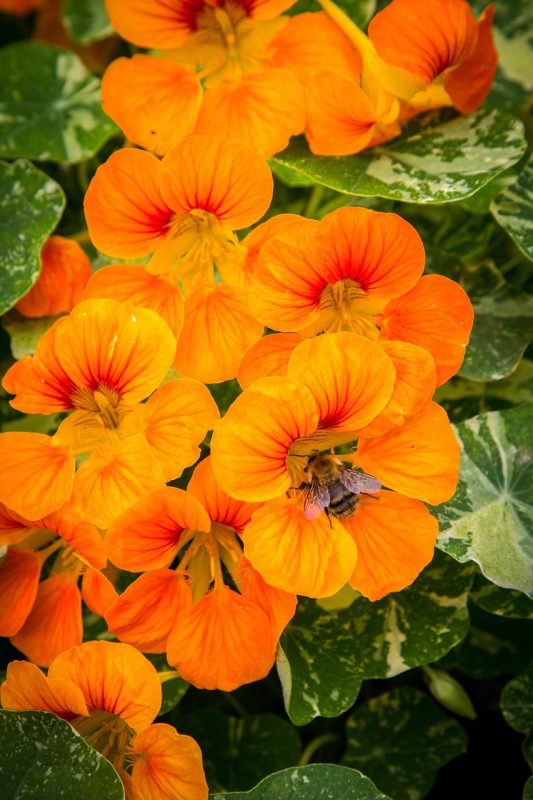
Once you’ve determined the best time to plant, the next step is selecting the appropriate annual flowers suited to your climate. Some annuals are more heat-resistant, while others prefer cooler conditions.
Heat-Tolerant Annuals

If you live in a hot climate, consider planting annuals like:
Zinnias: These bright, cheerful blooms thrive in full sun and are highly drought-tolerant.
Marigolds: Known for their pest-repelling qualities, marigolds can withstand high temperatures and come in various colors.
Cosmos: These tall, delicate flowers flourish in heat and produce a flurry of blooms throughout summer.
Cool-Season Annuals
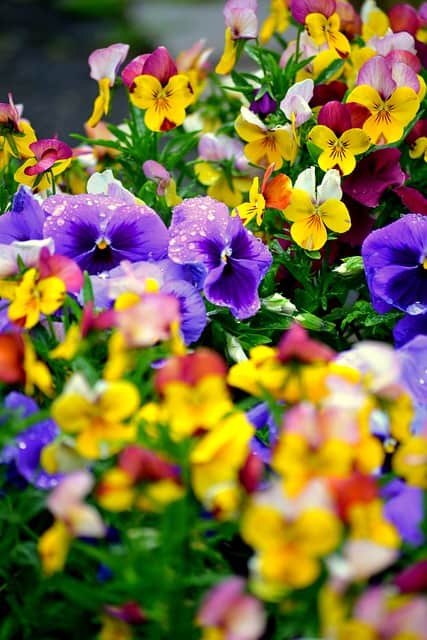
On the flip side, if you’re in a cooler climate, look into sowing:
Pansies: Perfect for early spring, these cheerful flowers can handle cool weather and provide vibrant color.
Snapdragons: These elegant annuals do well in cooler temperatures, creating stunning vertical interest in gardens.
Calendula: Also known as pot marigold, calendulas bloom early in spring and can even endure light frosts.
When to Start Seeds Indoors
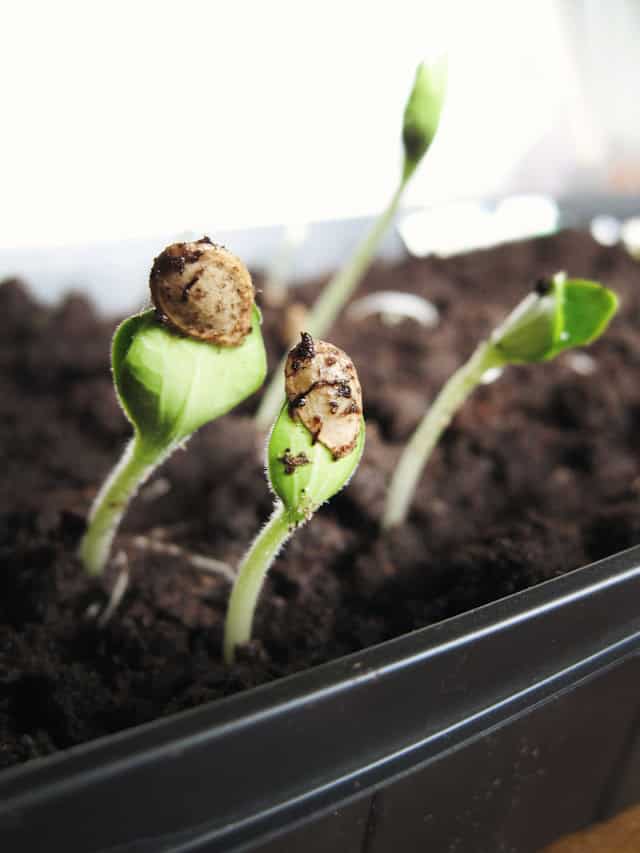
If you are planning on starting annual flowers from seed, a popular technique is to begin the germination process indoors. This practice allows for a head start on the growing season, enabling you to transplant stronger plants to your garden.
Timing for Indoor Seed Starting
Typically, annuals can be started indoors 6 to 8 weeks before your last expected frost date. For example, in a gardening zone where the last frost date is May 15, you would start your seeds around mid-March.
Remember to provide adequate light and warmth for seed germination. Many gardeners utilize grow lights or place seedlings near south-facing windows to ensure they receive enough sunshine. Additionally, keep an eye on soil moisture and ensure it doesn’t dry out completely during this crucial phase.
Best Practices for Planting Annuals

As you gear up for planting your annual flowers, embracing best practices can significantly enhance your garden’s success.
Soil Preparation
Before planting, it’s essential to prepare your soil correctly. Aim to cultivate loose, well-draining soil enriched with organic matter. Consider adding compost to provide essential nutrients, improve soil structure, and enhance moisture retention. Testing your soil’s pH can also ensure that it’s within a suitable range—ideally between 6.0 and 7.0 for most annuals.
Planting Depth
Follow the specific instructions for planting depth on your seed packets or plant tags. Most annuals prefer to be planted at a depth twice the size of the seed. For seedlings, ensure you transplant them carefully without damaging the roots. Gently remove the seedlings from their containers, taking extra care not to disturb soil clumps, and place them in their new garden homes.
Spacing
Proper spacing between your flowers is critical to preventing overcrowding and promoting healthy growth. Each species will have a recommended spacing on the seed packet or plant label. As a general guideline, allow 6 to 18 inches between plants, depending on their ultimate size.
Watering and Care After Planting
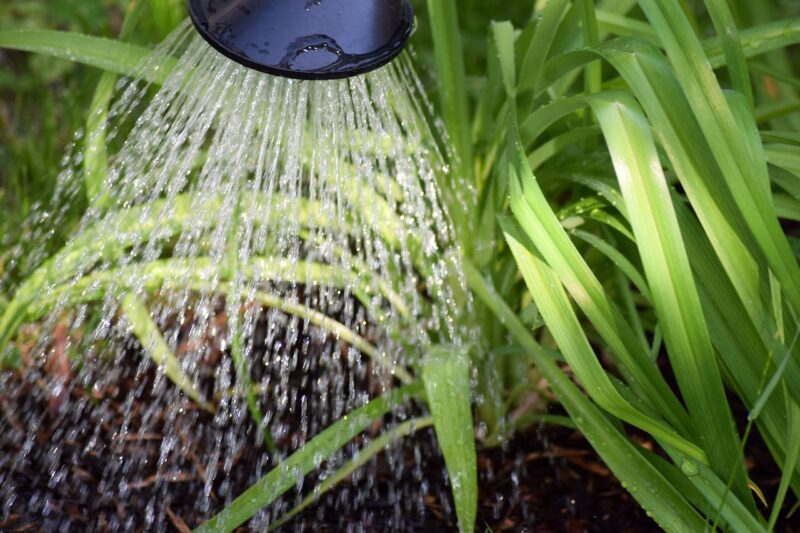
Once your annual flowers are in the ground, providing appropriate care is essential for their health and vibrancy.
Watering Guidelines
Proper watering techniques will help your flowers establish themselves. Avoid shallow watering; instead, aim for deep, thorough watering to encourage root development. Water in the early morning to minimize evaporation and fungal diseases that can occur overnight.
Mulching for Moisture Retention
Consider applying a layer of mulch around your flowers to retain moisture, suppress weeds, and regulate soil temperature. Organic mulches like straw, shredded bark, or wood chips not only help with these tasks but also improve soil health as they decompose.
Fertilization and Disease Management
Using a balanced fertilizer, especially during the blooming phase, can support vibrant flower production. Look for a fertilizer with equal parts nitrogen, phosphorus, and potassium, or choose a fertilizer specifically formulated for flowering plants.
Additionally, keep an eye out for any signs of disease or pest infestations. Regularly inspect your flowers and remove any dead or diseased foliage promptly. Creating space for airflow and avoiding excessive moisture will reduce the likelihood of fungal diseases, ensuring your garden stays healthy and beautiful.
Extending the Life of Your Annuals

Even though annuals have a life cycle that completes within a single season, you can take steps to prolong their bloom time and overall vitality.
Deadheading
One of the most effective ways to promote continuous blooms is through deadheading. Remove spent flowers to encourage new growth and flower production. Regular deadheading keeps plants looking neat and invites them to redirect energy from seed production toward making new blooms.
Seasonal Transition
As summer fades into fall, keep an eye on your annuals. Some may not survive cooler temperatures, while others, like pansies or violas, can last until early winter. Transition your garden by replacing any spent summer flowers with those suited for cooler conditions to keep color in your garden space.
Conclusion: Celebrate Gardening with Annuals
Planting annual flowers is a rewarding endeavor that adds color, texture, and life to your outdoor spaces. By understanding when to plant based on your climate, choosing the right varieties, and following best practices, you can cultivate a flourishing array of blooms that offer continual delight throughout the growing season.





